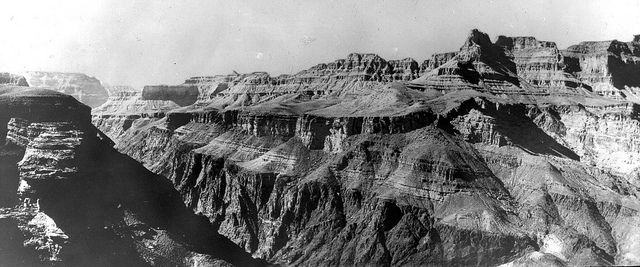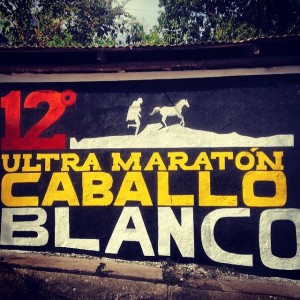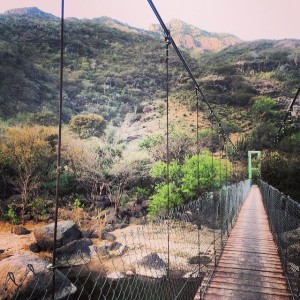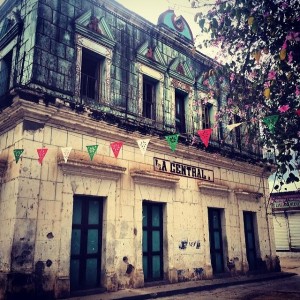Copper Canyon Celebration: Gatekeeper


Last week, I returned from an early season adventure into the Barrancas del Cobre, or the Copper Canyons of Mexico’s Sierra Tarahumara. I was following in the footsteps of many before me. The Barrancas have attracted all sorts from adventurers, missionaries and conquistadors to outlaw Native Americans and the US cavalrymen giving chase. In addition to these folk, the Barrancas have been home to the elusive Rarámuri for thousands of years and and, following the immortalized life of Micah True, a site of pilgrimage for trail-runners the world over.
This adventure was my first ultra of the season and provided the perfect ground to satisfy both the runner and anthropologist in me. I had had my first glimpse of the world of the Rarámuri during my undergraduate study. Unlike many in the ultra and trail running community, I was exposed to the Rarámuri initially through ethnography. Also different from a lot of ultrarunners, I did not run as a collegiate athlete.
As I delved into ethnographies and missionary’s memoirs, I learned that, like many indigenous peoples of the world, Rarámuri life is quite simple without the trappings and excess of many Westernized lifestyles. Like many native communities, their world has been threatened and encroached upon by malicious and indifferent external forces. However, the Rarámuri have persevered to an extent that many other groups have not been able. This response is as much attributable to their staunch attitude, formidable character and worldview as to their effective and efficient weaponry: their feet. Despite having retreated over the past few centuries deeper into the Barrancas, Rarámuri culture has remained strongly intact.

In 2008, I entered into an ever-deepening exploration of the world through ethnography as a rehabilitating young man and novice trail-runner as the premise for my first research project. I would study my own recovery and the subsequent physiological and mental transformations occurring while progressing from immobility to extreme mobility. At the outset of my project I had the great fortune and pleasant surprise in being reacquainted with the Rarámuri through Born to Run . McDougall’s portrayal of the Rarámuri is grand and riveting. His writing is both romantic and exciting. I shelved the story and did not give it too much focus as I spent the year pouring over biometric measures, anthropometric scores and other science-y things.
In following years, I further enmeshed my research and athletics, conducting research on ultrarunners while attempting to become an ultrarunner myself. Joining the community has been one of the most fulfilling experiences in my life. Sharing an intimate practice with others has fostered a feeling of family. And, as an anthropologist, my inclusion in the community dissolves the need for a gatekeeper that others face in accessing their tribes of study. My gatekeeper was my own willingness to train, to suffer and to endure.

It was not until this year, though, that I would fully realize how our community has, itself, been vouched for. Micah True shared his vision in Born to Run: a connection of cultures by running free. Micah shared his own joy for running and the captivating Barrancas and, in pursuit of connection, he became a gatekeeper to the Rarámuri for trail and ultrarunners worldwide.
Each and every trail-runner who has made their own pilgrimage into the Barrancas to celebrate running with Rarámuri and gringo alike, has Micah to thank as the bridge between many cultures sharing one language of the body.
And so, grateful for gates opened, I headed off to the Ultra Maratón Caballo Blanco.


